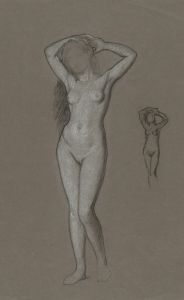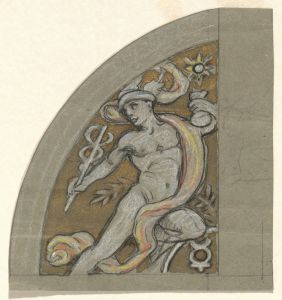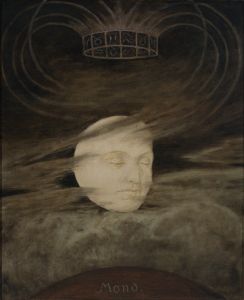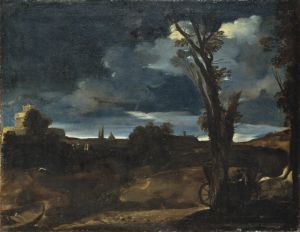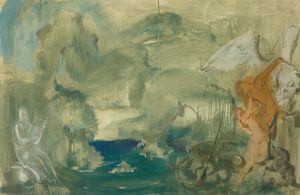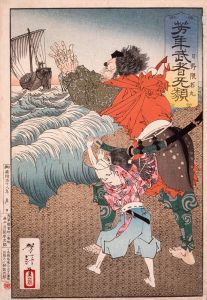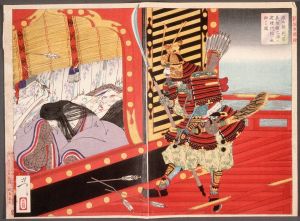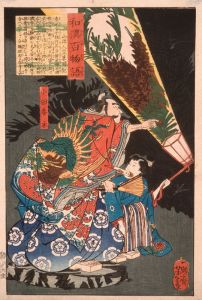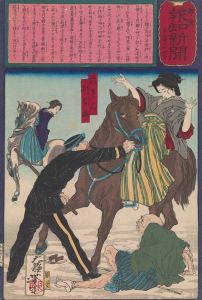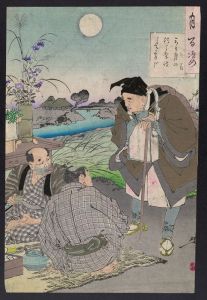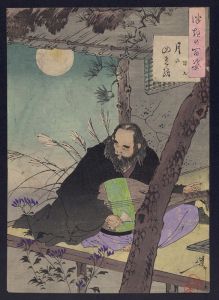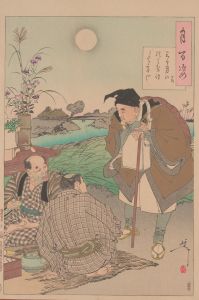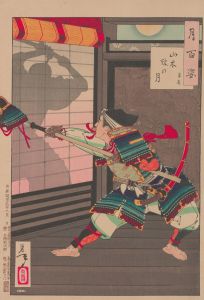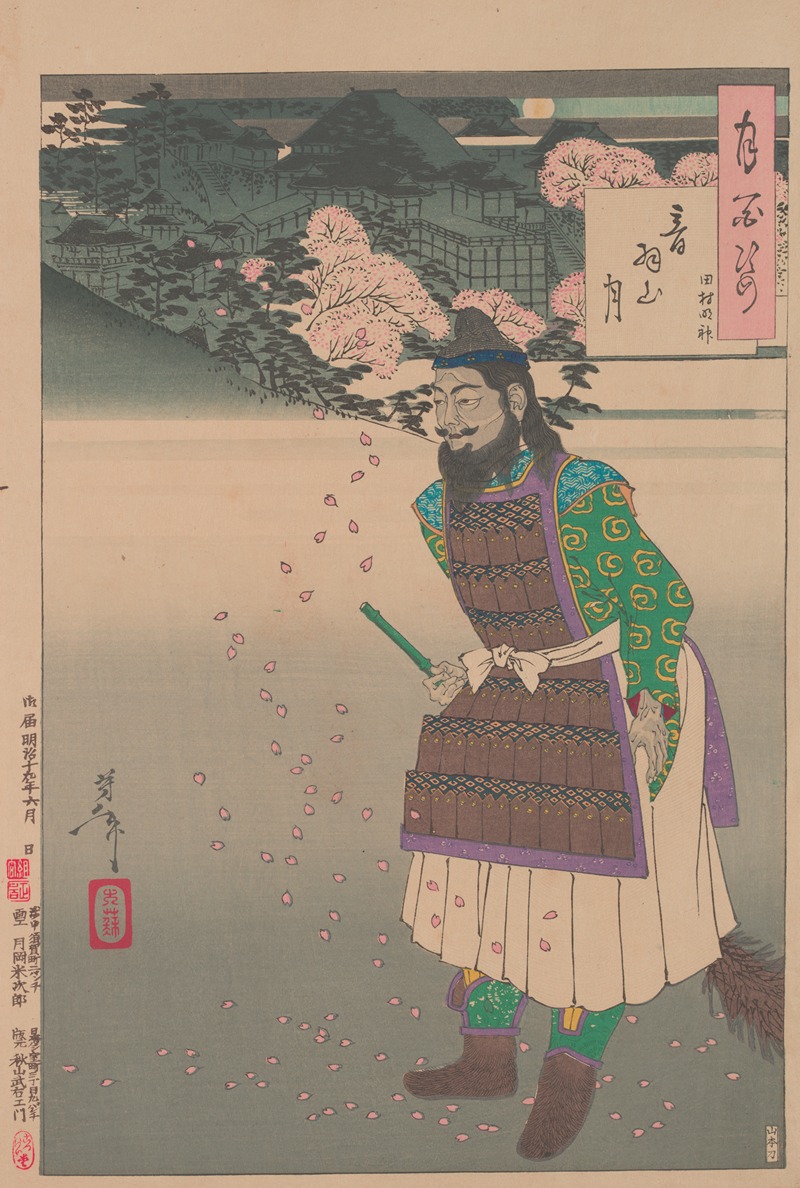
Mount Otowa moon
A hand-painted replica of Tsukioka Yoshitoshi’s masterpiece Mount Otowa moon, meticulously crafted by professional artists to capture the true essence of the original. Each piece is created with museum-quality canvas and rare mineral pigments, carefully painted by experienced artists with delicate brushstrokes and rich, layered colors to perfectly recreate the texture of the original artwork. Unlike machine-printed reproductions, this hand-painted version brings the painting to life, infused with the artist’s emotions and skill in every stroke. Whether for personal collection or home decoration, it instantly elevates the artistic atmosphere of any space.
Tsukioka Yoshitoshi (1839–1892) was a prominent Japanese artist known for his woodblock prints in the ukiyo-e style. He is often celebrated for his innovative approach to traditional Japanese art and his ability to capture the complexities of human emotion and the supernatural. One of his notable works is "Mount Otowa Moon," which is part of his acclaimed series "One Hundred Aspects of the Moon" (Tsuki hyakushi).
"One Hundred Aspects of the Moon" is a series of 100 woodblock prints created between 1885 and 1892. This series is considered one of Yoshitoshi's masterpieces and reflects his deep interest in history, folklore, and the natural world. Each print in the series features the moon as a central motif, exploring its symbolic significance in Japanese culture and literature. The series is renowned for its exquisite detail, vibrant colors, and the emotional depth of its subjects.
"Mount Otowa Moon" is one of the prints in this series and exemplifies Yoshitoshi's skill in combining traditional themes with a modern sensibility. The print depicts a scene set on Mount Otowa, a location that holds cultural and spiritual significance in Japan. Mount Otowa is home to the famous Kiyomizu-dera, a historic temple in Kyoto known for its stunning views and association with the moon in various literary works.
In "Mount Otowa Moon," Yoshitoshi captures the serene beauty of the moonlit landscape, using delicate lines and subtle color gradations to evoke a sense of tranquility and mystery. The composition typically includes figures that are often drawn from historical or literary sources, reflecting Yoshitoshi's interest in storytelling through visual art. The moon, a recurring element in the series, serves as a symbol of enlightenment, beauty, and the passage of time.
Yoshitoshi's work, including "Mount Otowa Moon," is noted for its technical excellence and emotional resonance. His prints often explore themes of heroism, romance, and the supernatural, drawing on a rich tapestry of Japanese myths and legends. Despite the challenges he faced during his lifetime, including the decline of the ukiyo-e tradition and personal struggles, Yoshitoshi's legacy endures as one of the last great masters of this art form.
"Mount Otowa Moon" and the entire "One Hundred Aspects of the Moon" series continue to be celebrated for their artistic and cultural significance. They offer a window into the Meiji period's complex interplay of tradition and modernity, as well as Yoshitoshi's unique vision and contribution to Japanese art. His work remains influential, inspiring artists and art enthusiasts around the world with its timeless beauty and profound storytelling.





